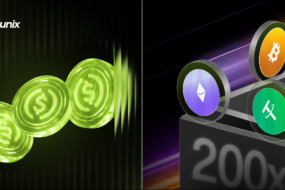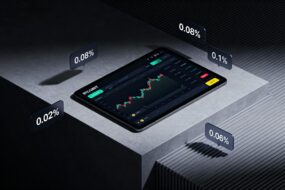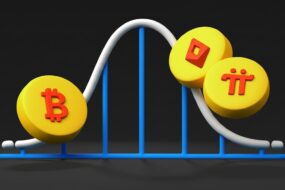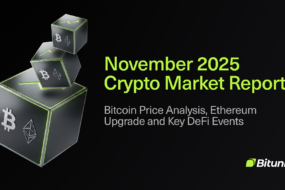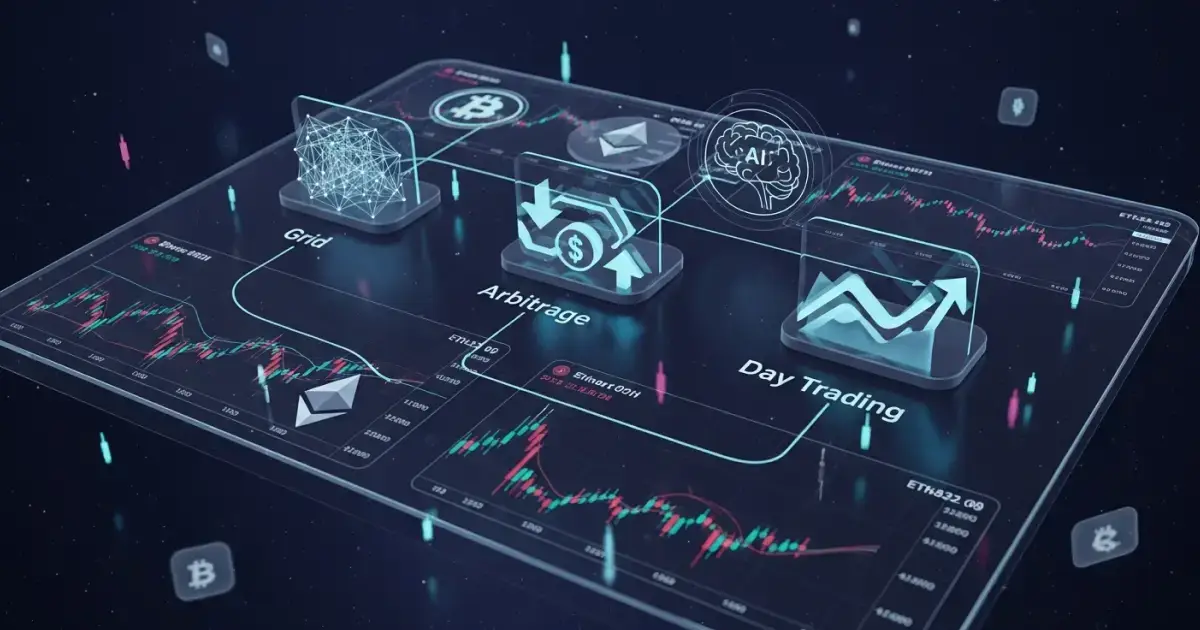
Crypto trading in 2025 has reached a new level of sophistication. Traders no longer rely only on manual chart-watching. Instead, they are turning to grid bots, arbitrage bots, and day trading bots to automate strategies and gain an edge in a market that never sleeps. But which of these bots actually work best in today’s conditions? This guide answers that question with data, real examples, and actionable insights.
What Are the Top Trading Bot Strategies in 2025?
In 2025, the most widely used crypto trading bot strategies are grid trading, arbitrage trading, and day trading bots. Each strategy suits different market conditions. Grid bots thrive in sideways ranges, arbitrage bots exploit price inefficiencies, and day trading bots capture short-term momentum.
Crypto trading bots are automated programs designed to execute trades based on predefined conditions. These bots analyze market data, place orders, and manage risk without constant human intervention. With crypto markets running 24/7, automated strategies have become vital for efficiency and consistency.
Not all bots, however, are equally effective. Success depends on matching the bot to market conditions. For example, grid bots may fail in strongly trending markets, while arbitrage bots depend on ultra-fast execution.
How Do Grid Trading Bots Work and Profit from Ranges?
Grid trading bots place buy and sell orders at intervals within a price range. They profit by buying low and selling high automatically whenever the price fluctuates inside that grid. This makes them ideal for sideways or slightly volatile markets.
How Grid Bots Operate
A grid bot divides a chosen price range into multiple levels. Buy orders sit below the current market price, while sell orders sit above. As the market moves, the bot executes trades whenever those levels are crossed, locking in small profits.
Example: A BTC/USDT grid bot configured between $58,000 and $62,000 with 20 levels might earn steady income during consolidation phases. Traders in Q2 2025 reported around 4 percent monthly yield with such setups.
Advantages of Grid Bots
- Perfect for stablecoins or range-bound altcoins.
- Requires little intervention once configured.
- Generates profits in sideways markets without predicting major moves.
Limitations of Grid Bots
- Can accumulate losses if the price breaks out of range.
- Needs stop-loss logic or human monitoring during trending markets.
What Is Arbitrage and How Do Bots Capture It?
Arbitrage bots profit by buying an asset on one exchange at a lower price and selling it on another exchange at a higher price. Some also exploit inefficiencies within one platform, such as triangular arbitrage.
Types of Arbitrage Bots in 2025
- Cross-Exchange Arbitrage – Buy ETH at $3,150 on Exchange A, sell it at $3,170 on Exchange B.
- Triangular Arbitrage – Exploit pricing gaps between three trading pairs on the same exchange.
- Funding Rate Arbitrage – Long futures on one exchange with low funding while shorting on another with high funding.
Benefits of Arbitrage Bots
- Market-neutral strategy not reliant on direction.
- Considered lower risk compared to grid or day trading.
- Performs well with high volatility events such as CPI releases or token listings.
Risks of Arbitrage Bots
- Execution delays due to slippage or blockchain congestion.
- Withdrawal fees and KYC procedures can slow down profits.
- Profits are usually smaller (1–3 percent monthly), requiring high-frequency trading to be worthwhile.
How Do Day Trading Bots Capitalize on Short-Term Moves?
Day trading bots open and close positions within the same day, using indicators such as RSI, MACD, or moving averages. They aim to capture quick momentum trades during breakouts or trending sessions.
How They Work
- Scan for signals based on technical indicators.
- Enter and exit positions within minutes or hours.
- Use tight stop-loss and take-profit orders.
- Often combine technical analysis with sentiment and order book depth.
Why They Are Popular
Day trading bots are more customizable than grid or arbitrage bots, making them attractive for advanced traders. They can perform especially well during sudden breakouts, when Bitcoin or altcoins move 5 to 10 percent in a single day.
Drawbacks
- High trading frequency increases fee exposure.
- Requires fine-tuning to avoid overtrading.
- Not suited for beginners due to volatility and complexity.
Which Bot Strategy Is Best for Your Trading Style?
The best strategy depends on your risk appetite. Grid bots are low-maintenance, arbitrage bots are low-risk but yield smaller profits, while day trading bots are high-risk and high-reward.
| Strategy | Ideal Market Condition | Risk Level | Monthly ROI | Best Fit on Bitunix |
| Grid | Sideways, range-bound | Moderate | 2–5% | Low-fee spot pairs |
| Arbitrage | Volatile, high volume | Low | 1–3% | Multi-exchange APIs |
| Day Trading | Trending or breakout | High | 4–10% | High-leverage futures |
How Can You Combine Grid, Arbitrage, and Day Bots?
Traders in 2025 often combine strategies. For example, run a grid bot during quiet Asian sessions, an arbitrage bot 24/7, and a day bot during New York hours. This diversifies risk and maximizes opportunity.
Hybrid approaches are easier than ever thanks to Bitunix and similar platforms offering multi-strategy integration. Bots can now pause automatically when markets break out of range, or switch parameters based on volatility indexes.
How to Pick Bots Based on Market Conditions?
Choose grid bots for stable ranges, arbitrage bots for volatility, and day trading bots for momentum-driven moves. Always align bot choice with your risk tolerance, asset selection, and capital size.
Before committing, test configurations in demo accounts and backtest strategies with historical data. Success in 2025 comes from adapting bots continuously to changing conditions.
Quick-Scan Tables
Strategy Comparison 2025
| Strategy | Ideal Market | Risk Level | Monthly ROI | Bitunix Fit |
| Grid | Sideways | Moderate | 2–5% | Low-fee pairs |
| Arbitrage | Volatile | Low | 1–3% | Multi-exchange |
| Day Trading | Trending | High | 4–10% | High-leverage |
Bot Risks vs Mitigations
| Bot Type | Main Risk | Mitigation |
| Grid | Breakouts | Auto-stop triggers |
| Arbitrage | Slippage | Low-latency APIs |
| Day Trading | Overtrading | Fee caps and strict limits |
Conclusion
Trading bots are not a shortcut to guaranteed profits, but they are powerful tools when matched correctly to market conditions. Grid bots suit range-bound markets, arbitrage bots excel in volatility, and day trading bots thrive in trending conditions.
In 2025, successful traders use a blend of these strategies, supported by platforms like Bitunix that offer strong API access, multi-strategy bots, and advanced risk controls. Whether you are a beginner or an advanced trader, choosing the right bot strategy and managing risks carefully can make the difference between missed opportunities and consistent results.
FAQs
What is a grid trading bot?
A grid trading bot places buy and sell orders at intervals in a price range. It profits automatically from fluctuations by buying low and selling high.
What is an arbitrage bot?
Arbitrage bots exploit price differences across exchanges or pairs. They buy at the lower price and sell at the higher one, capturing the spread.
How do day trading bots work?
Day trading bots use indicators like RSI and MACD to open and close trades within the same day, capturing intraday momentum.
Which strategy is best for beginners?
Grid bots are best for beginners due to their lower complexity and steady performance in sideways markets.
What are the main risks of these bots?
Grid bots risk losses during breakouts, arbitrage bots face slippage and fees, and day trading bots may overtrade in volatile conditions.
Can bots guarantee profits?
No. Bots automate strategies but cannot eliminate market risk. Market changes, slippage, and liquidity shifts can still cause losses.
How much capital do I need to start bot trading?
Most platforms allow starting with $50 to $100. Beginners are advised to start small and scale gradually.
Are trading bots legal?
Yes, crypto trading bots are legal across most exchanges, including Bitunix, provided users follow platform rules.
About Bitunix
Bitunix is one of the world’s fastest growing professional derivatives exchanges, trusted by over 3 million users across more than one hundred countries. Ranked among the top exchanges on major data aggregators, Bitunix processes billions in daily volume and offers a comprehensive suite of products including perpetual futures with high leverage, spot markets, and copy trading. Users can trade bitcoin and other major cryptocurrencies on the platform, taking advantage of advanced trading features. Known for its Ultra K line trading experience and responsive support, Bitunix provides a secure, transparent, and rewarding environment for both professional and everyday traders. Bitunix Academy adds structured lessons so you can build skills while you trade.
Bitunix Global Accounts
X | Telegram Announcements | Telegram Global | CoinMarketCap | Instagram | Facebook | LinkedIn | Reddit | Medium
Disclaimer: Trading digital assets involves risk and may result in the loss of capital. Always do your own research. Terms, conditions, and regional restrictions may apply.


